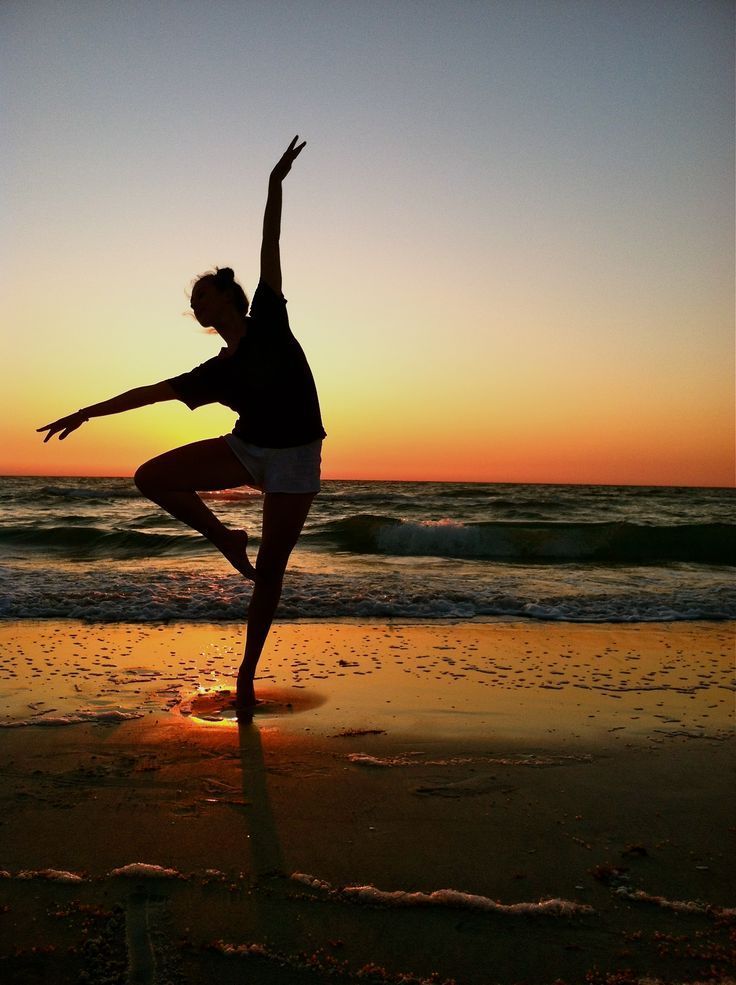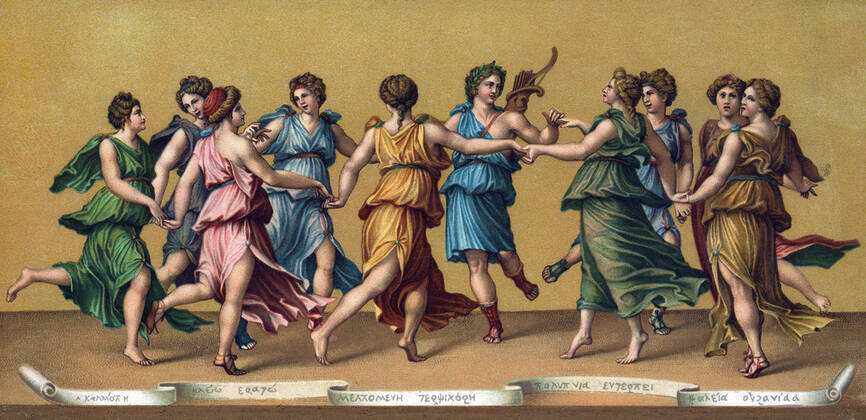What is dance?
Dance is the movement of the body in a rhythmic way, usually to music and within a given space, for the purpose of expressing an idea or emotion, releasing energy, or simply taking delight in the movement itself.

History of Dance

9000 BCE - Early Origins
The earliest evidence of dance can be traced back to India, where it was a vital part of religious rituals and celebrations. Cave paintings found in Bhimbetka depict dancing figures, suggesting that dance has been a part of human culture since prehistoric times.
3000 BCE - Ancient Egypt and Mesopotamia
Ancient Egyptian dances were performed for both religious rituals and entertainment.The famous tomb of Tutankhamun contains images of dancers and musicians, providing insight into the dances of the time.
600 BCE - Ancient Greece
Greek and Roman cultures incorporated dance into theater, with performances tied to mythology and storytelling. Greeks believed that dance was a form of artistic expression and a way to honor the gods.
15th-17th Century - Renaissance and Baroque
The Renaissance era formalized dance with court performances and the emergence of ballet in Italy and France. During this time the first ballet academies were established, and ballet masters began to codify the steps and movements.
19th Century - Romantic Era and Folk Dances
The 19th century saw the rise of Romantic ballet in France and Russia, emphasizing emotion and storytelling, alongside the resurgence of folk dances like Austria's waltz and Bohemia's polka, celebrating cultural heritage.
20th Century - Modern and Contemporary Dance
Modern dance emerged as a form of artistic expression, breaking away from classical traditions.